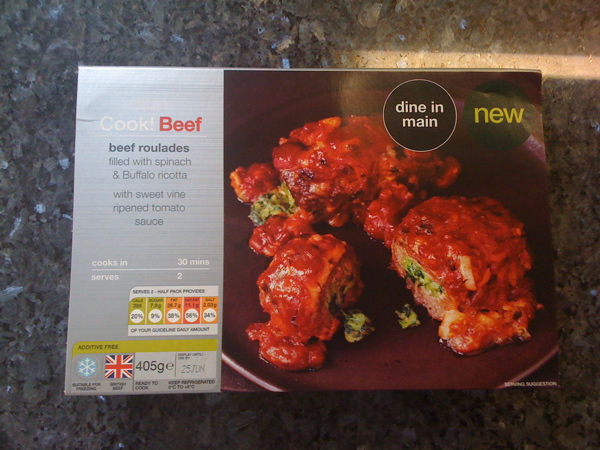I was lucky enough to be invited to see Michael Eavis of Glastonbury fame speak at Confetti Industry Week yesterday. The whole week is designed to give students access to real industry people and occasional legends to put their own futures into context and get insight into the secrets of success. It’s a brilliant marriage of business and education and feels very much like the future route to success for HE and FE colleges. I have no doubt that some of the young people in that room yesterday wil be inspired to even greater success.
Michael Eavis is a quite unassuming 77 year old man, who was clearly nervous in front of a relatively small audience. I guess it’s not often that he is examined that closely in his shorts and t-shirt by 200 young people. What he did though in his interview was lay down the simple rules as to how to create a brand from scratch. What was even better is that he never mentioned or hinted that Glastonbury was a brand in any way, shape or form, he just did it, by doing the right things. Another accidental hero of branding.
So as a tiny bit of background. He started the festival in 1970 with Marc Bolan headlining and (eventually) paid him £500 for his appearance. Tickets were charged at £1 each. He lost £1,500 but as he was funding it from his family dairy farm, he could afford the losses, so he kept on reinvesting in the product itself, making it better and better each year. It wasn’t until 1982, when it finally turned a profit and was recognised as the global phenomenon we know it for today.
So this is the secret to building any brand – Which isn’t that different to what I wrote in 2009.
- Do things right.
- Keep doing things right.
- Keep investing in making it better and better over and over again.
- Don’t think ‘how cheaply can we make this’ but rather ‘how good can we make it for the money we can afford to spend’.
- Be passionate about what you do and really care about the little details, they are the difference.
- Act decently, treat both suppliers and your customers with respect and you will get loyalty back in return.
I don’t think I was expecting to be inspired by Michael Eavis, but I was and i’m pretty sure that an awful lot of other people were too.
Picture of Michael Eavis borrowed from MixMag, with thanks.

